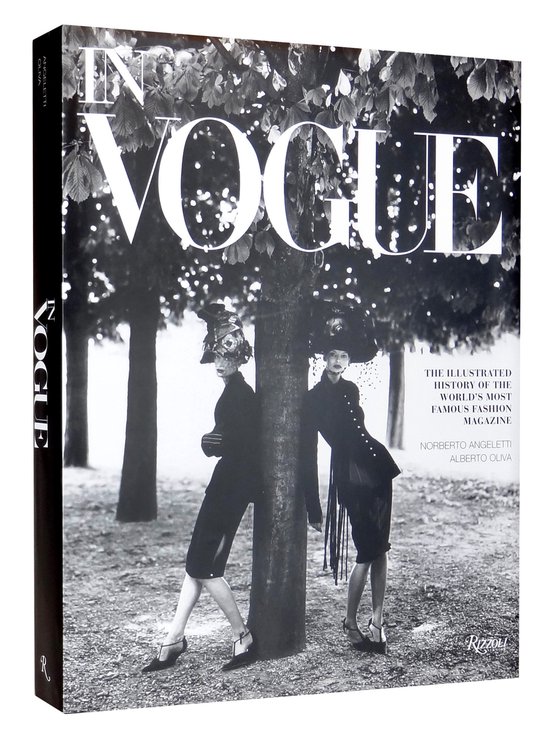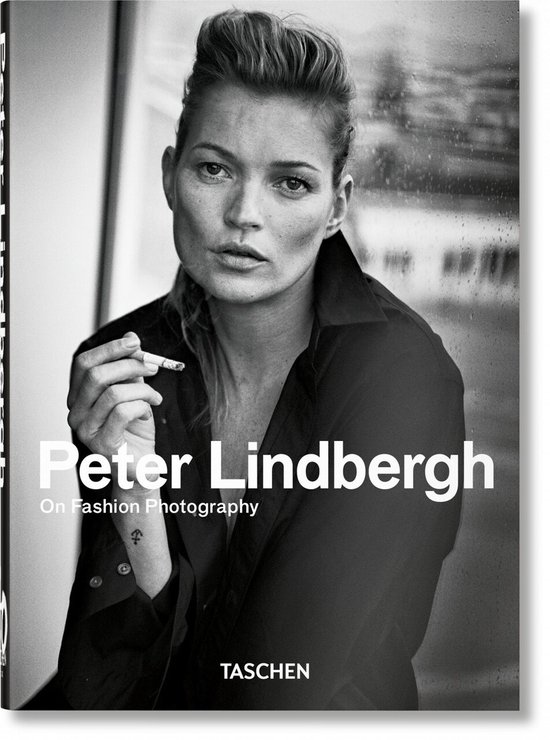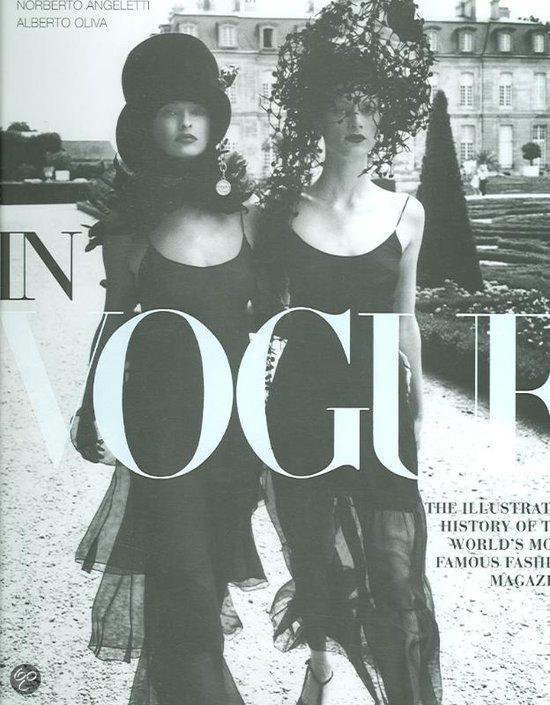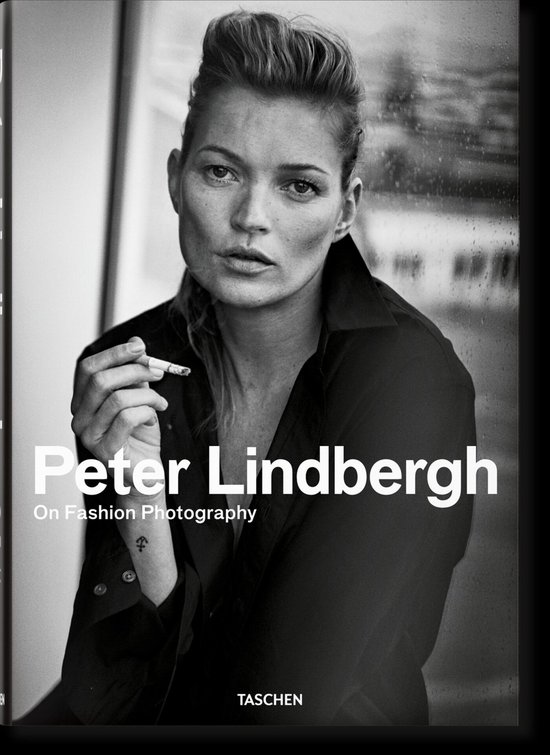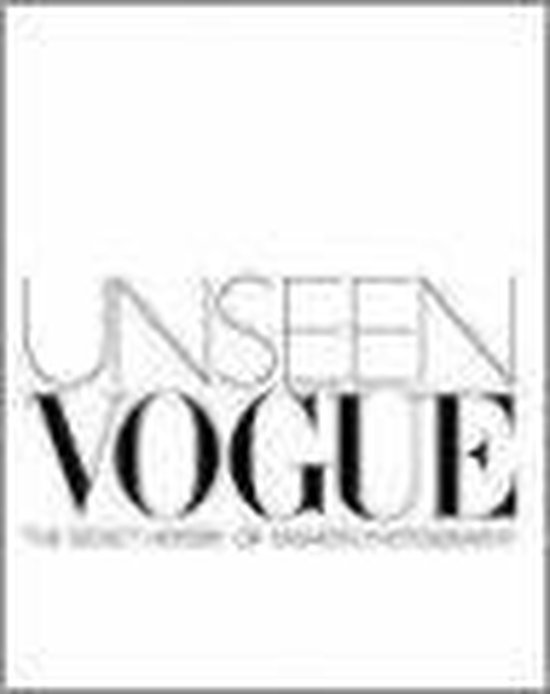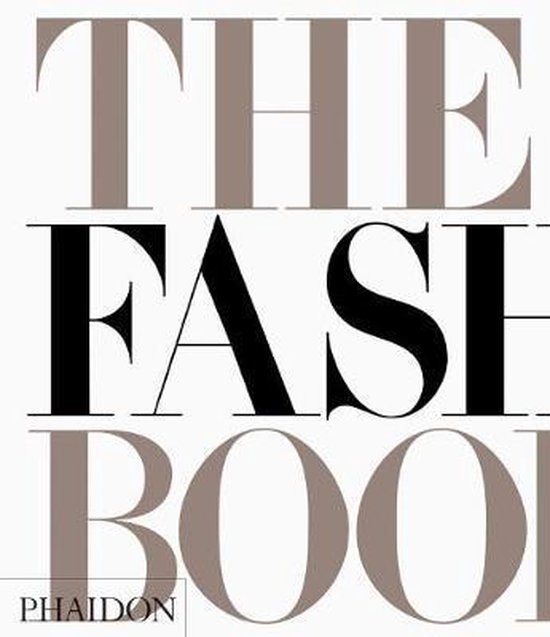
The Fashion Book / druk 1
Why do we dress the way we do? Why has fashion changed and evolved over the centuries? How did the 3-piece suit come about? What is a ruff? Why have hemlines risen and fallen over time? Why did a suntan replace the pale, peaches-and-cream face as the sign of a high-class woman? In this book, fashion specialist Colin McDowell goes beyond standard fashion histories and narrative surveys to answer all these questions and more. Fashion is about the body. The first book to reflect this truism, The Anatomy of Fashion is the ultimate guide to how we dress, why we look the way we do and how this has changed over time. By breaking fashion down into its basic elements, explaining them in detail and showing how they fit together, McDowell maps out the historical evolution of fashion, demonstrating how fashions from each period in history have contributed to the way we look today. He paints a broad and accessible picture of the forces at work in the creation and development not just of clothing, but of all aspects of appearance. Fashion is both functional and expressive - we wear clothes to keep warm or for protection - but they also articulate the way we feel and are often used to impress. Fashion trends are influenced by history and their social context. For example, the waistcoat is often believed to have been introduced as part of the Victorian 3-piece suit. In fact, it was brought to England by Charles II in 1666 after his restoration and return from exile at the French court. Samuel Pepys, diarist and civil servant, wrote: 'The King hath yesterday in council declared his resolution of setting a fashion for clothes which he will never alter. It will be a vest, I know not well how.' Charles wanted the new garment to be part of a restrained national dress for gentlemen and the vest flourished throughout Georgian times as a show-off garment made of rich silks and heavily embroidered, often in silver and gold. The book is divided into 3 main sections. Section 1 looks at the body unclothed and the different 'skins' that cover it; subjects include human skin, pale skin v. tanned skin, tattoos, piercings, fabrics, colours and pattern. In section 2 fashion is broken down into body parts and the relevant individual elements of dress are discussed - from head to toe. Body parts include the head (e.g., hats, hair, wigs), the shoulders (e.g. shoulder pads, straps), hands (e.g., gloves, jewellry), legs (e.g., hem lengths, pantaloons, skirt shapes, hosiery). Section 3 returns to the body as a whole to consider how these elements create 'fashion' and what different looks say about the way we dress. The author will cover subjects such as military dress and uniform, cult styles including the grunge look, goths and gangs. By breaking fashion down in this way, readers will understand why we dress the way we do and how this has been shaped throughout history. Each sub-section in the book (e.g., Skin, Neck to hips, Uniform) will have a timeline and a short introduction. Each of these sub-sections is then further divided into the individual elements (e.g. Neck to hips will include shoulders, hands and waist, etc.) The author envisages that each of these elements will be contained on a spread. So, for example, the shoulders spread would include an introductory text and a selection of images (photographs, painting details and drawings of straps, shoulder pads, epaulettes, etc.) with short texts that explain their historical context, their function and how they have changed over time. The book's dynamic structure and layout are equally suited for browsing and for serious reference. However, The Anatomy of Fashion is not simply a picture book. It is a sourcebook by one of the world's leading fashion scholars that seeks nothing less than a thorough analysis of the roots of every aspect of fashion today.
| Auteur | | Phaidon |
| Taal | | Engels |
| Type | | Hardcover |
| Categorie | | Kunst & Fotografie |
